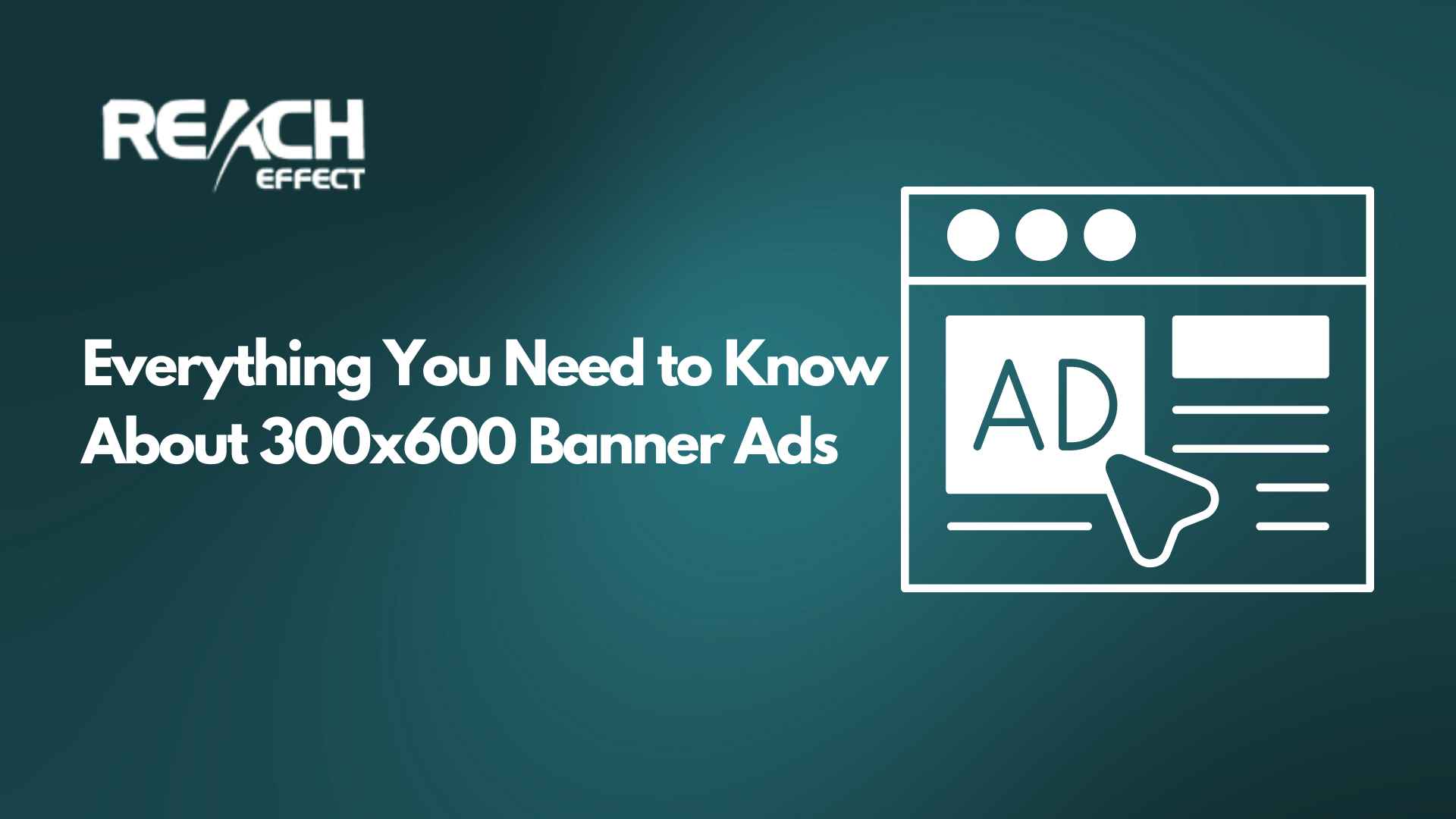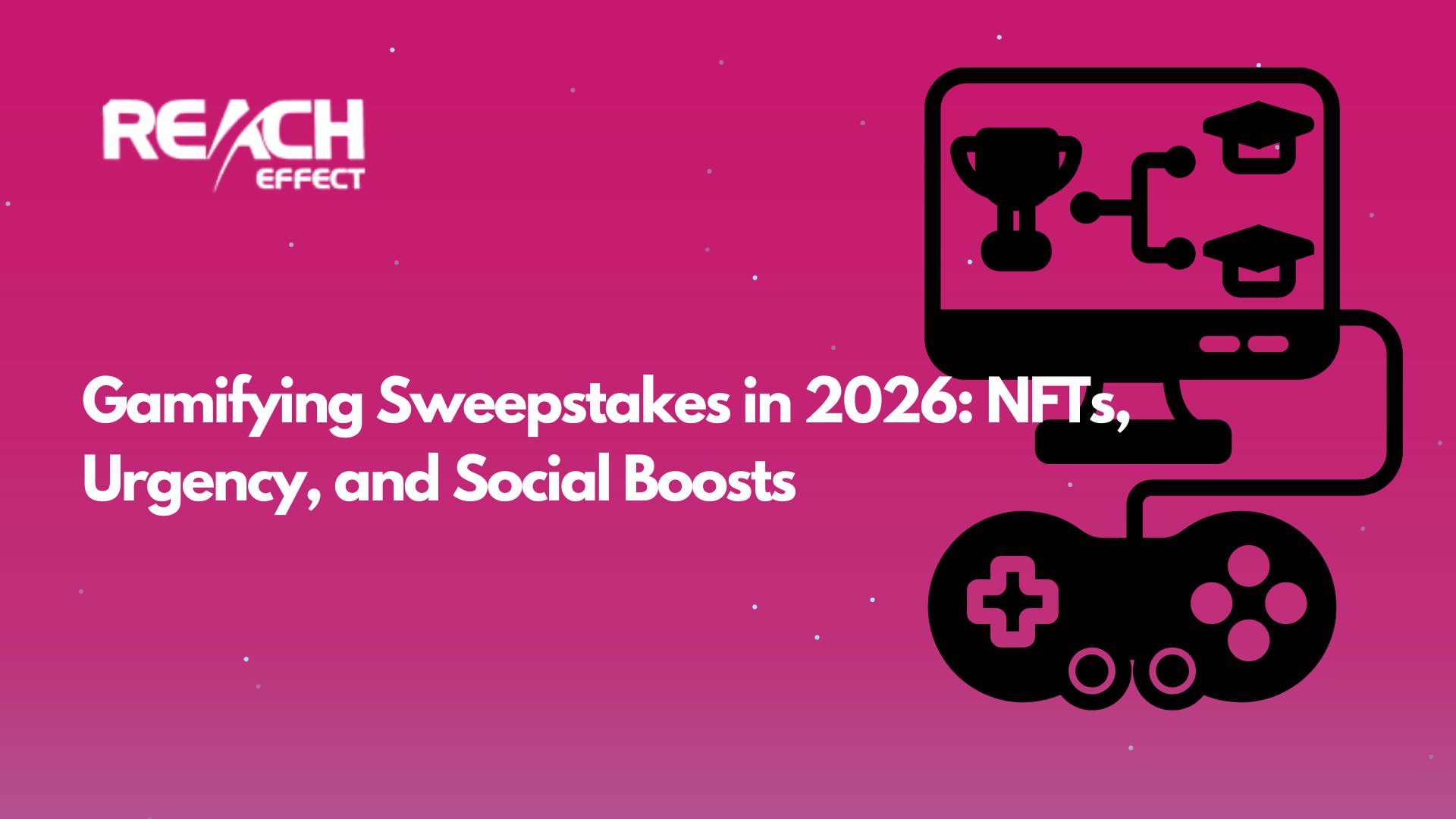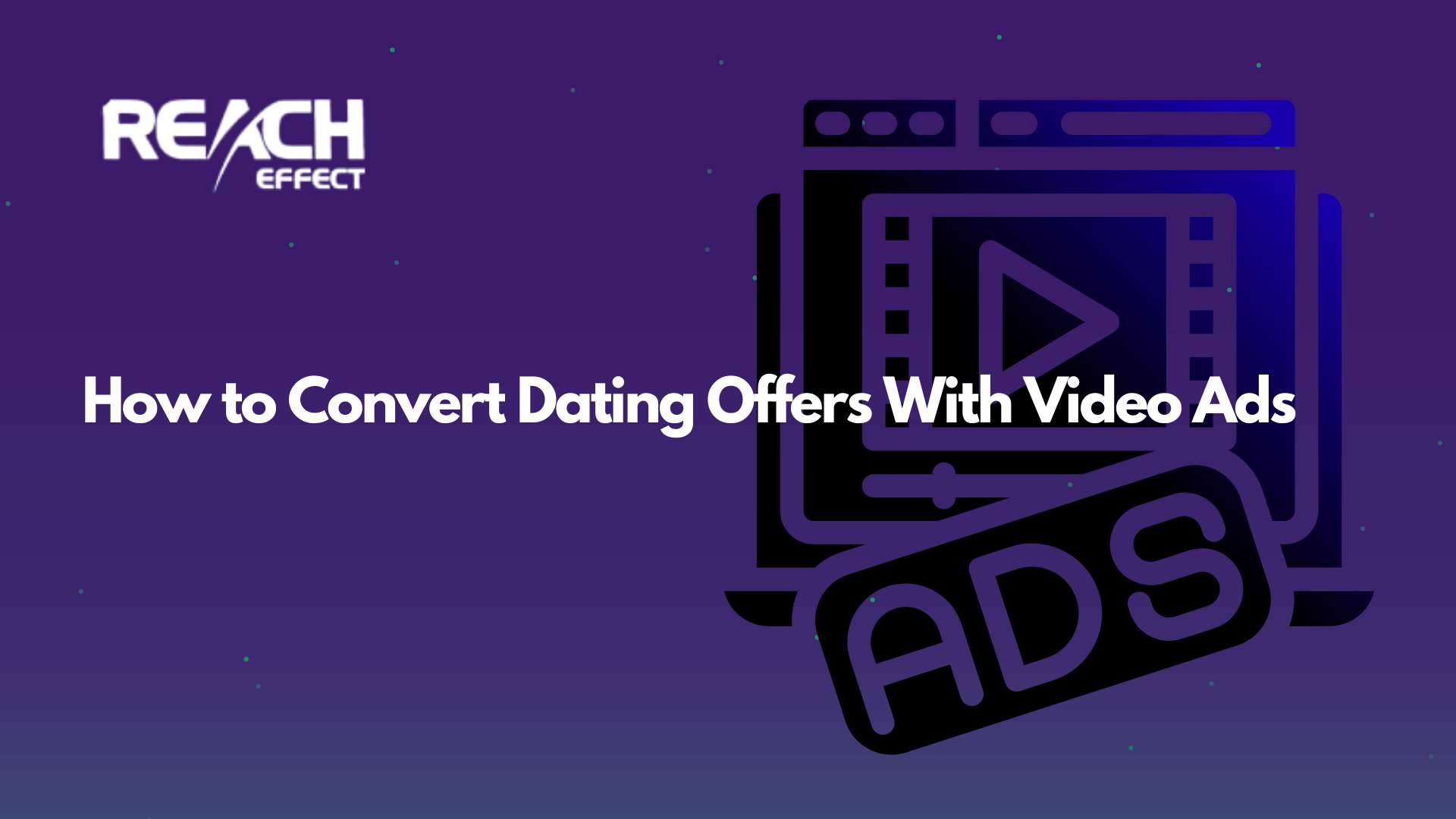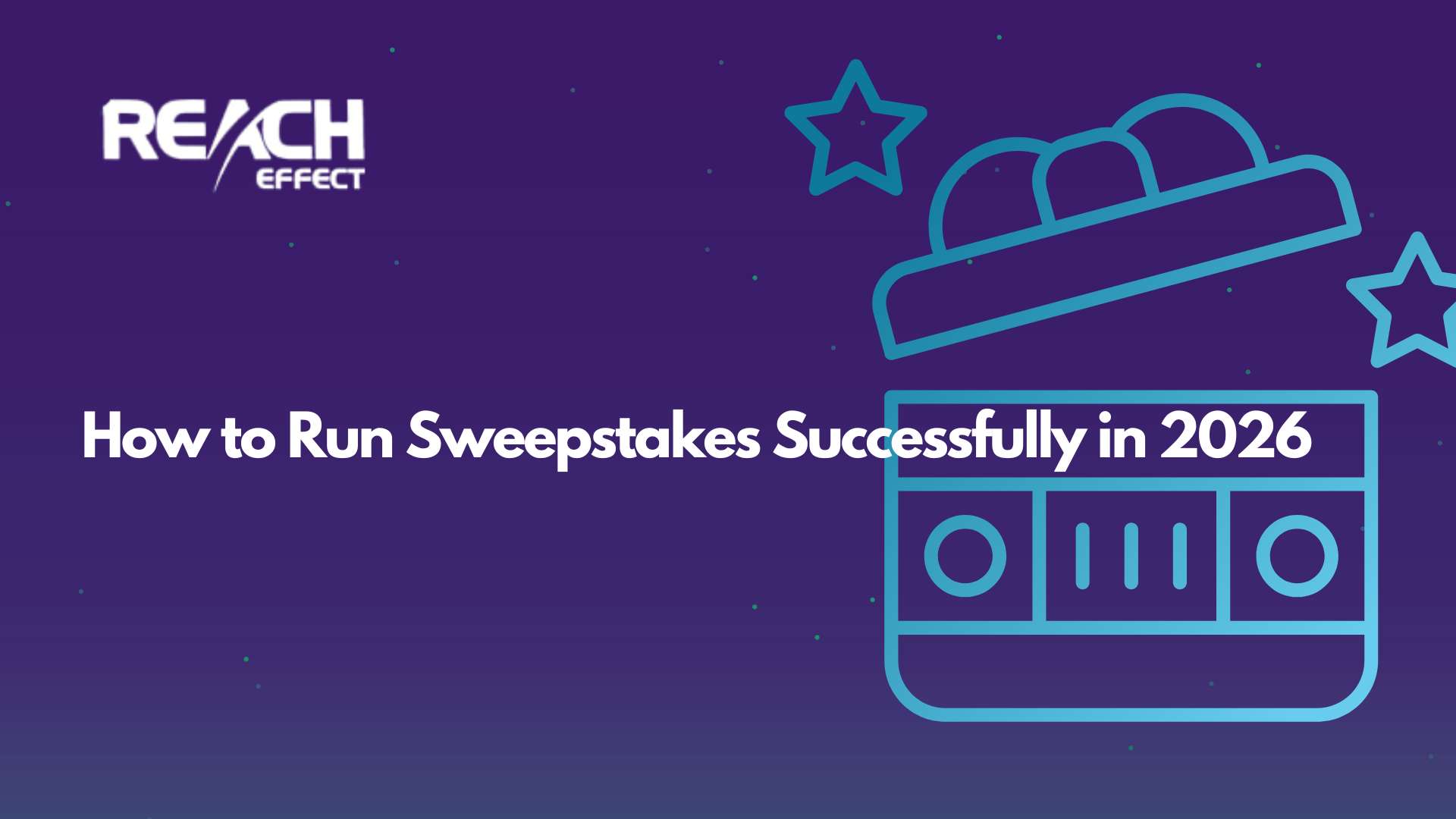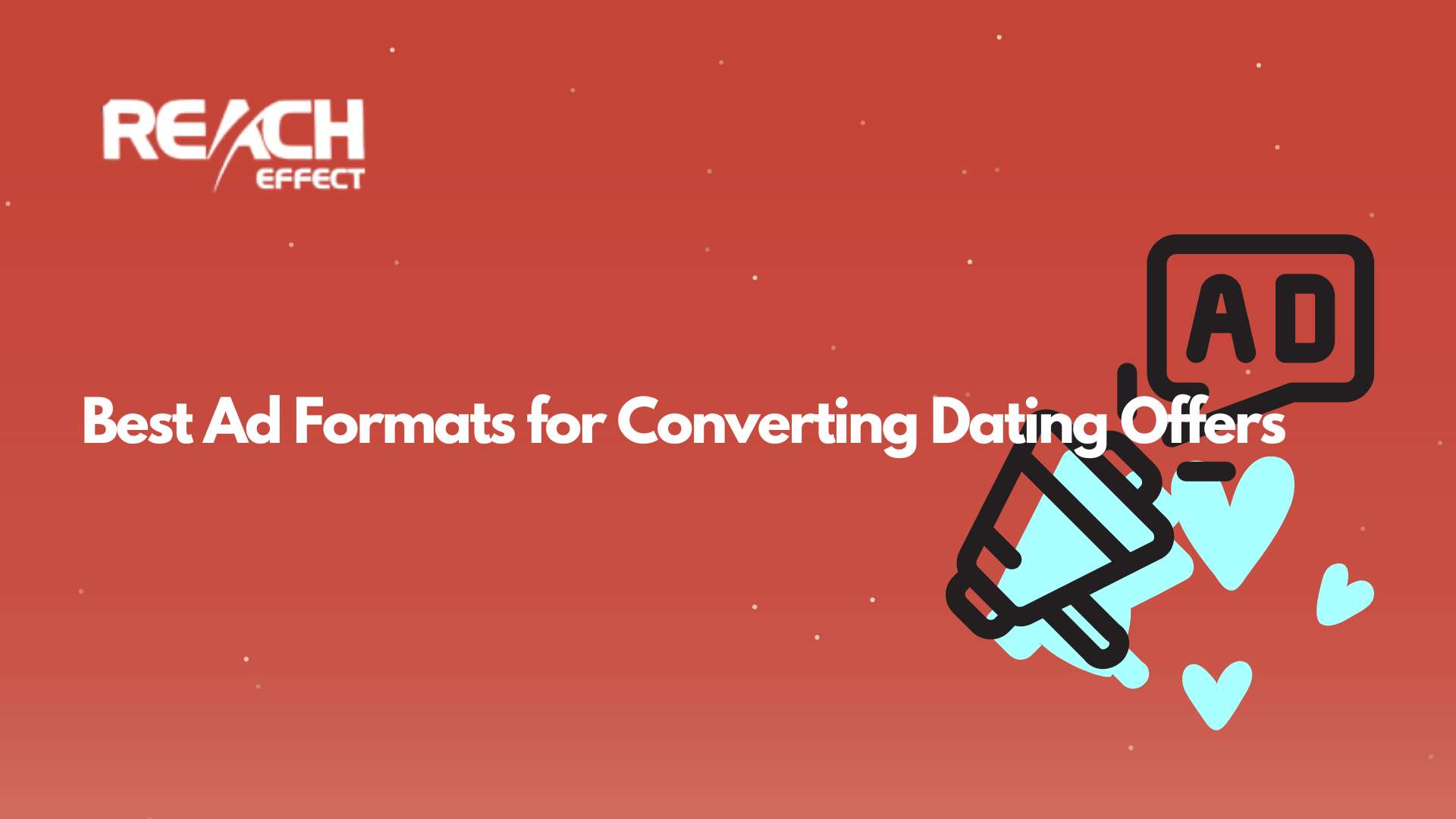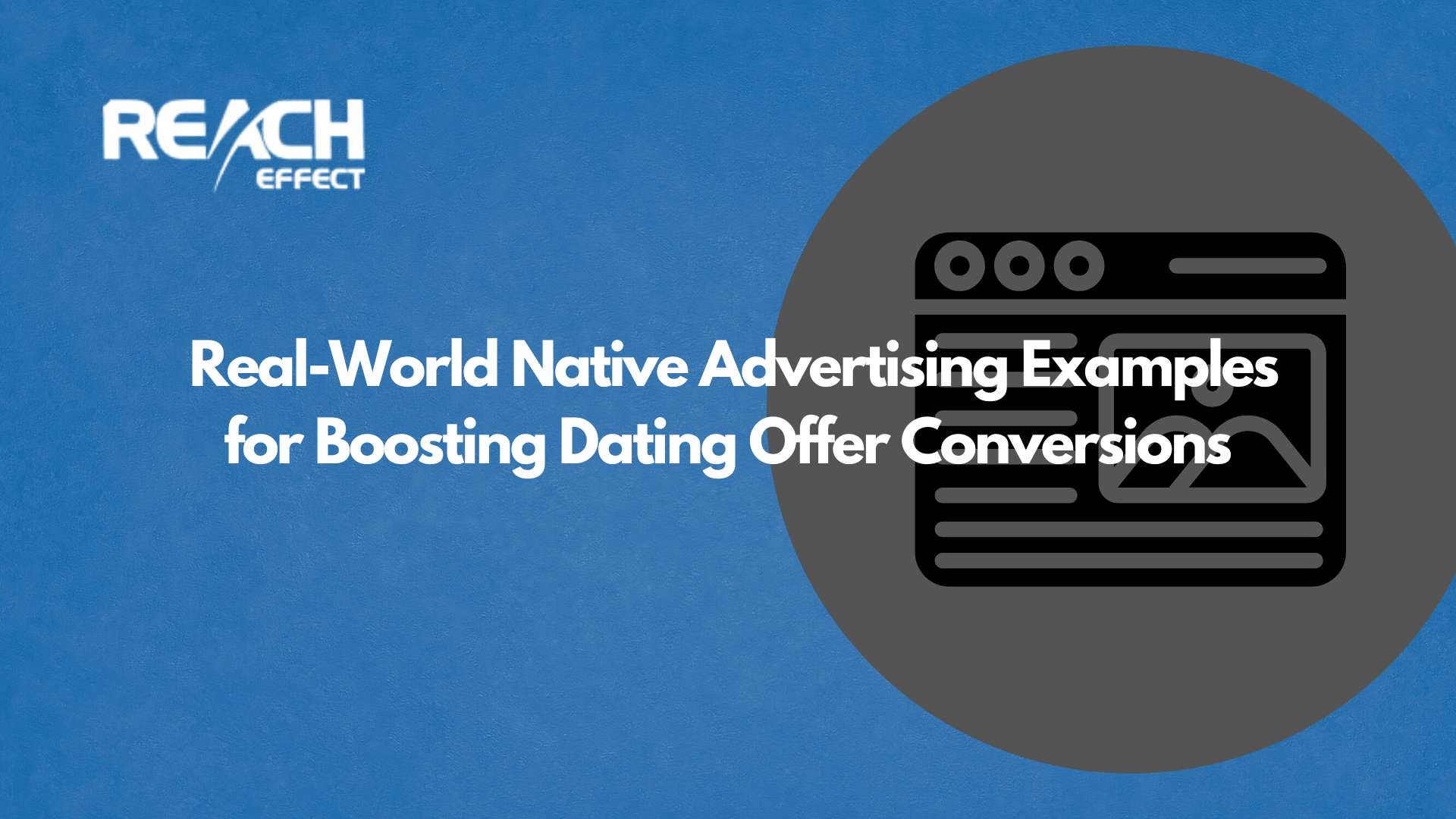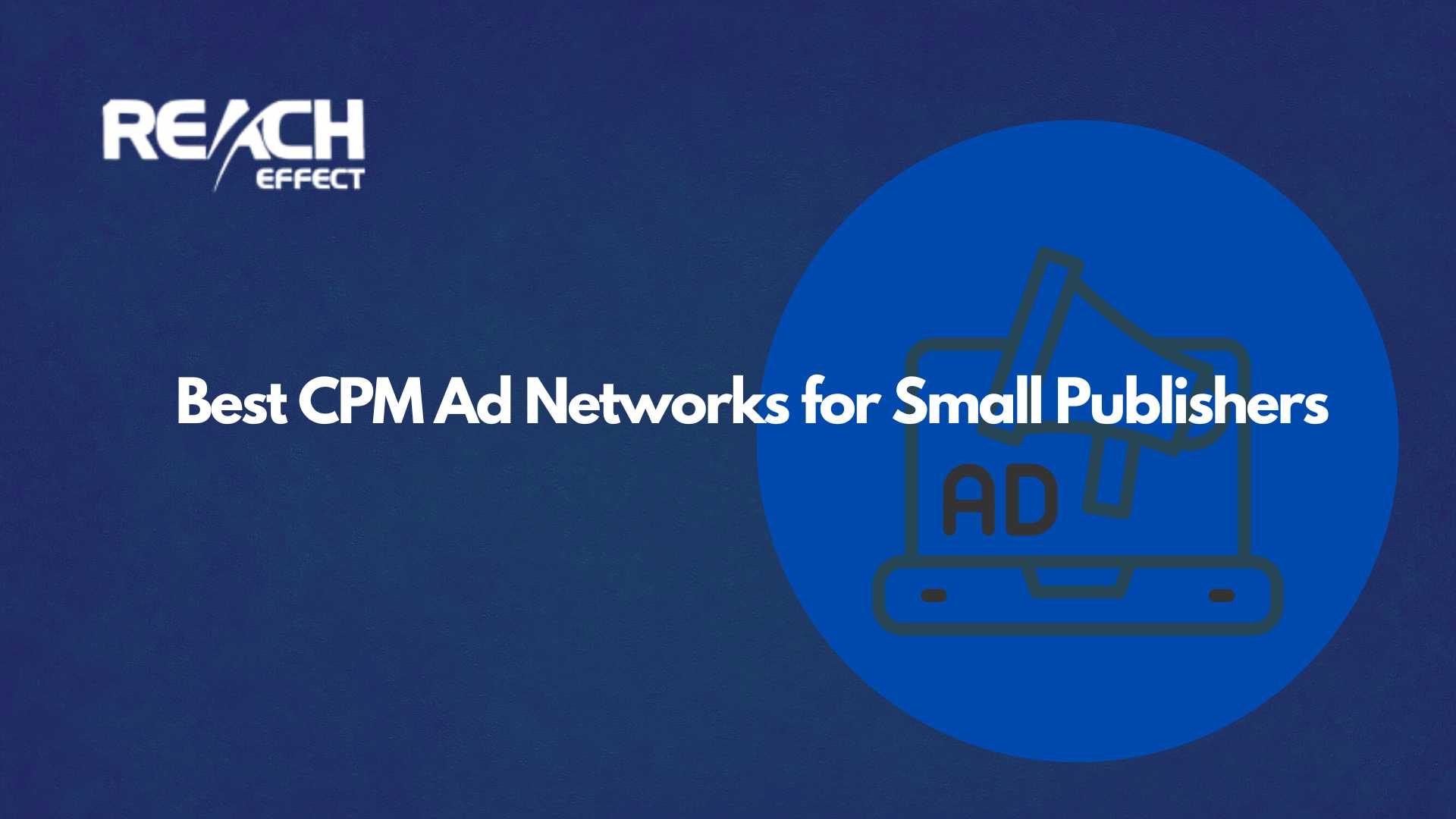The 300×600 banner ad has become one of the most popular and effective display advertising formats in digital marketing. Known as the “Half Page” ad unit, this tall rectangular format offers advertisers significant space to showcase their message while maintaining excellent visibility on both desktop and mobile devices.
Thank you for reading this post, don't forget to subscribe!Understanding how to leverage 300×600 banner ads effectively can transform your display advertising campaigns. This comprehensive guide covers everything from design principles to placement strategies, helping you maximize the impact of your advertising investment.
What is a 300×600 Banner Ad?
A 300×600 banner ad measures 300 pixels wide by 600 pixels tall, creating a vertical rectangular advertisement that’s twice as tall as the standard medium rectangle format. The Interactive Advertising Bureau (IAB) officially recognizes this size as one of the standard display ad formats.
Key Characteristics of 300×600 Banner Ads
Dimensions and Aspect Ratio:
- Width: 300 pixels
- Height: 600 pixels
- Aspect ratio: 1:2 (portrait orientation)
- File size limit: Typically 150KB or less
Visual Impact: The tall format provides substantial real estate for creative content, making it ideal for showcasing products, telling brand stories, or displaying detailed information without overwhelming the user experience.
Placement Versatility: These ads work well in various website positions, including sidebars, content columns, and mobile placements, offering publishers flexible monetization options.
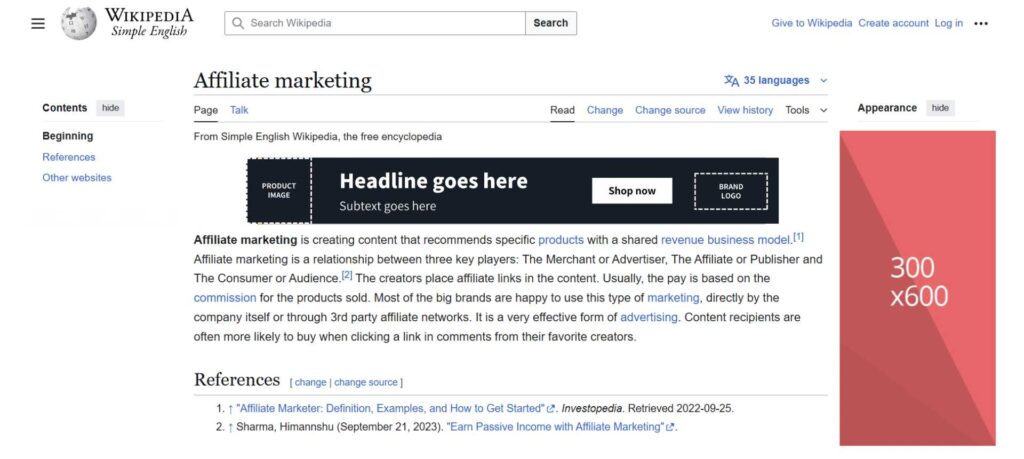
Why 300×600 Banner Ads Are So Effective
The success of 300×600 banner ads stems from several key advantages that make them attractive to both advertisers and publishers.
Superior Visibility and Engagement
Above-the-Fold Presence: The tall format ensures that at least part of the ad remains visible as users scroll, maintaining brand exposure throughout the browsing session.
Higher Click-Through Rates: Industry data consistently shows that 300×600 banner ads achieve higher CTRs compared to smaller banner formats, often outperforming standard rectangle ads by 20-40%.
Better Brand Recall: The larger canvas allows for more detailed messaging and stronger visual impact, leading to improved brand recognition and recall among target audiences.
Design Flexibility and Creative Freedom
Storytelling Opportunities: The vertical space accommodates multiple product images, step-by-step processes, or narrative sequences that wouldn’t fit in smaller formats.
Rich Media Capabilities: The size supports interactive elements, video content, and animated sequences that engage users more effectively than static images.
Mobile Optimization: The vertical orientation aligns naturally with mobile device screens, ensuring consistent user experience across devices.
Best Practices for 300×600 Banner Ad Design
Creating effective 300×600 banner ads requires understanding both visual design principles and user behavior patterns.
Visual Hierarchy and Layout Structure
Top-Heavy Design Approach: Place your most important message and call-to-action in the upper portion of the ad, as this area receives the most attention and remains visible during scrolling.
Logical Information Flow: Organize content from top to bottom in order of importance:
- Brand logo and headline
- Primary product image or key visual
- Supporting copy and benefits
- Call-to-action button
- Contact information or additional details
White Space Utilization: Don’t feel pressured to fill every pixel. Strategic white space improves readability and draws attention to key elements.
Color Psychology and Brand Consistency
Brand Color Integration: Maintain consistent brand colors throughout the design while ensuring sufficient contrast for readability and visual appeal.
Color Hierarchy: Use color strategically to guide the viewer’s eye through your content. Bright colors work well for call-to-action buttons, while neutral tones can support secondary information.
Background Considerations: Choose background colors or images that don’t compete with your primary message. Subtle gradients or patterns often work better than busy imagery.
Typography and Readability
Font Size Guidelines:
- Headlines: Minimum 24-28 pixels
- Body copy: 14-16 pixels minimum
- Call-to-action text: 16-20 pixels
Font Selection: Choose web-safe fonts that maintain readability across different devices and browsers. Sans-serif fonts typically perform better in digital advertising.
Text Amount: Keep copy concise and scannable. Users spend only seconds evaluating banner ads, so every word must earn its place.
Compelling 300×600 Banner Example Strategies
Successful 300×600 banner example designs share common elements that drive engagement and conversions.
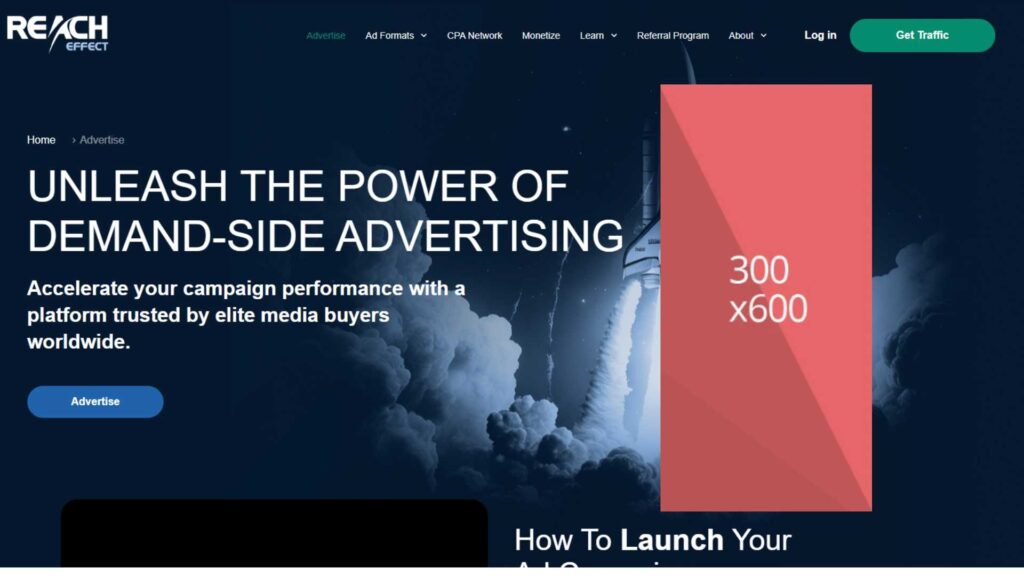
Product-Focused 300×600 Banner Example Layouts
E-commerce Showcase Design:
- Large product image in the upper two-thirds
- Product name and key benefit below the image
- Price and discount information (if applicable)
- “Shop Now” call-to-action button
- Brand logo in bottom corner
Multi-Product Comparison:
- Split the vertical space into sections
- Show 2-3 related products with prices
- Include brief feature comparisons
- Single call-to-action for the entire collection
Service-Based 300×600 Banner Example Approaches
Professional Services Layout:
- Professional headshot or team photo
- Service headline and value proposition
- List of key services or benefits
- Contact information and credentials
- Clear call-to-action
Software/App Promotion:
- Screenshot or mockup of the interface
- Feature highlights with icons
- User testimonial or rating
- Free trial or download button
Creative 300×600 Banner Example Techniques
Storytelling Format: Create a mini-narrative using the vertical space to guide users through a problem-solution scenario.
Interactive Elements:
- Hover effects that reveal additional information
- Clickable tabs showing different products
- Simple games or quizzes related to your offering
Video Integration: Embed short video clips that auto-play on hover or click, adding dynamic content that captures attention.
Technical Specifications and Requirements
Understanding the technical aspects of 300×600 banner ads ensures your creatives display properly across all platforms and devices.
File Format and Size Considerations
Recommended File Formats:
- Static images: JPG or PNG
- Animated content: GIF or HTML5
- Rich media: HTML5 with fallback options
Optimization Guidelines: Keep file sizes under 150KB for faster loading times and better user experience. Larger files may be rejected by ad networks or cause slow page loading.
Animation Specifications:
- Maximum 30 seconds for animated sequences
- Loop no more than 3 times
- Include static fallback for networks that don’t support animation
Cross-Platform Compatibility
Desktop Optimization: Ensure crisp display on high-resolution monitors while maintaining fast loading speeds.
Mobile Responsiveness: Test how your 300×600 banner ad adapts to different screen sizes and orientations.
Browser Testing: Verify compatibility across major browsers including Chrome, Firefox, Safari, and Edge.
Placement Strategies for Maximum Impact
Where you place your 300×600 banner ad significantly affects its performance and user engagement.
Website Placement Options
Sidebar Positioning: The most common placement for 300×600 banner ads is in website sidebars, where they complement content without interrupting the reading experience.
Content Integration: Some publishers offer in-content placements where the ad appears between paragraphs or sections, increasing visibility and engagement.
Footer Placement: While less prominent, footer placements can be cost-effective for brand awareness campaigns targeting users who scroll through entire articles.
Programmatic Advertising Considerations
Real-Time Bidding (RTB): 300×600 banner ads perform well in programmatic environments where automated bidding optimizes for the best placement opportunities.
Private Marketplace Deals: Many premium publishers reserve their best 300×600 inventory for private marketplace transactions, offering better placement and audience quality.
Direct Publisher Relationships: Building relationships with relevant websites can secure premium placement options for your 300×600 banner ads.
Measuring 300×600 Banner Ad Performance
Tracking the right metrics helps optimize your campaigns and demonstrate return on investment.
Essential Performance Metrics
Click-Through Rate (CTR): Industry benchmarks for 300×600 banner ads typically range from 0.05% to 0.15%, though this varies by industry and targeting.
Viewability Rates: Measure how often your ads are actually seen by users. 300×600 formats generally achieve higher viewability than smaller banner sizes.
Conversion Tracking: Monitor how many clicks translate into desired actions like purchases, sign-ups, or downloads.
Advanced Analytics and Attribution
Heat Mapping: Use heat mapping tools to understand which parts of your 300×600 banner ad receive the most attention and interaction.
A/B Testing: Test different designs, messaging, and call-to-action placements to optimize performance continuously.
Cross-Device Tracking: Monitor how users interact with your ads across different devices to understand the complete customer journey.
Cost Analysis and Budget Planning
Understanding the pricing landscape helps you allocate budget effectively for 300×600 banner ad campaigns.
Pricing Models and Market Rates
Cost Per Mille (CPM): 300×600 banner ads typically command higher CPM rates than smaller formats due to their size and performance advantages.
Cost Per Click (CPC): While CPC may be higher, the improved click-through rates often result in better overall cost efficiency.
Performance-Based Pricing: Some publishers offer performance-based pricing models where you pay based on conversions or other specific actions.
Budget Optimization Strategies
Frequency Capping: Limit how often the same user sees your 300×600 banner ad to prevent banner blindness and optimize budget allocation.
Dayparting: Schedule your ads to run during hours when your target audience is most active online.
Geographic Targeting: Focus your budget on locations where your products or services are available and most relevant.
Industry-Specific Applications
Different industries can leverage 300×600 banner ads in unique ways to achieve their marketing objectives.
E-commerce and Retail
Product Catalogs: Use the vertical space to showcase multiple products or different views of a single product.
Seasonal Promotions: Create urgency with countdown timers and limited-time offers prominently displayed.
Customer Reviews: Include testimonials and ratings to build trust and credibility.
Financial Services
Service Comparisons: Compare different financial products or service tiers in an easy-to-read format.
Trust Indicators: Display security badges, certifications, and regulatory compliance information.
Educational Content: Use the space to explain complex financial concepts or processes.
Technology and Software
Feature Demonstrations: Show before-and-after scenarios or step-by-step processes.
Free Trial Promotions: Emphasize no-risk trial periods and easy cancellation policies.
Integration Showcases: Display logos of compatible platforms and services.
Conclusion
The 300×600 banner ad format offers advertisers a powerful tool for engaging audiences and driving conversions. Its combination of substantial creative space, excellent visibility, and cross-device compatibility makes it an essential component of modern display advertising strategies.
Success with 300×600 banner ads requires careful attention to design principles, technical specifications, and placement strategies. By following the best practices outlined in this guide and continuously testing and optimizing your campaigns, you can achieve significant improvements in your advertising performance.
Remember that effective 300×600 banner ads balance visual impact with clear messaging, always keeping the user experience at the forefront of your design decisions. As digital advertising continues evolving, this versatile format will remain a valuable asset for marketers seeking to capture attention and drive meaningful engagement with their target audiences.

